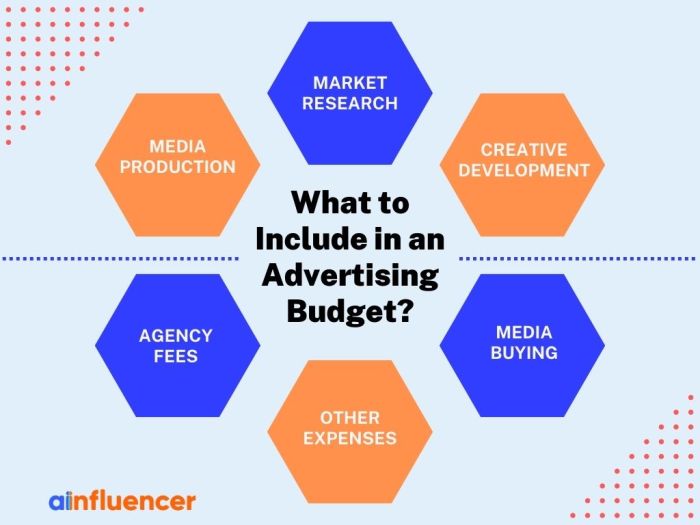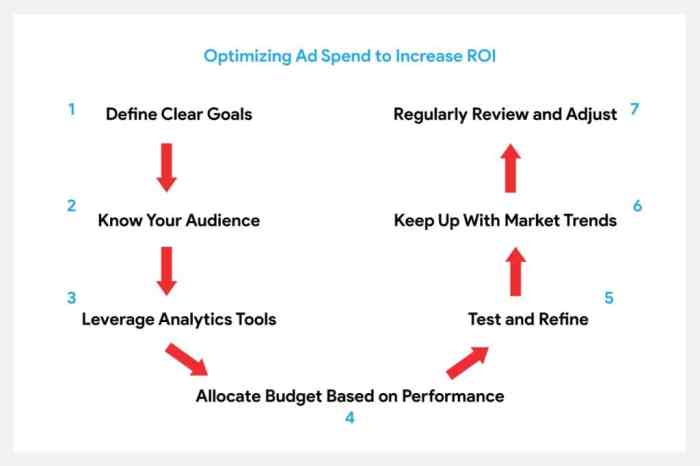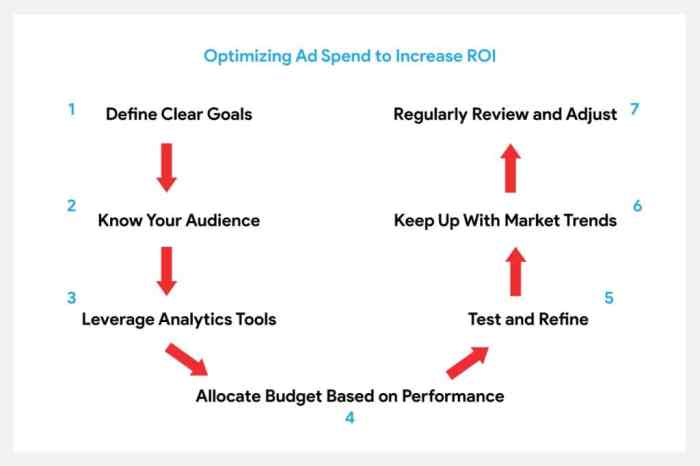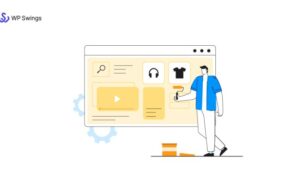Optimizing Ad Spend takes center stage in this guide to unlocking the secrets of successful advertising. Dive into cost-effective strategies, target audience analysis, A/B testing, and platform selection to revolutionize your ad campaigns.
Cost-effective strategies

When it comes to optimizing ad spend, utilizing cost-effective strategies is key to maximizing your budget and reaching your target audience efficiently.
Utilize Targeted Advertising
One cost-effective strategy is to utilize targeted advertising to focus on specific demographics, interests, or behaviors of your audience. By narrowing down your target audience, you can avoid wasting ad spend on those who are not likely to convert.
Utilize Retargeting Campaigns
Another successful cost-effective strategy is to implement retargeting campaigns. These campaigns target users who have already shown interest in your product or service, increasing the chances of conversion and maximizing your ad spend.
Monitor Costs Regularly
It is crucial to monitor costs regularly when running ad campaigns. By keeping a close eye on your spending and performance metrics, you can identify areas where adjustments are needed to optimize your ad spend and improve ROI.
Target audience analysis

Understanding your target audience is crucial for optimizing ad spend. By analyzing and identifying the right audience, you can tailor your ads to reach those who are most likely to engage with your content and convert into customers.
Process of analyzing target audiences
To analyze your target audience, start by collecting data on demographics, interests, and behaviors of your existing customers. Use tools like Google Analytics, social media insights, and customer surveys to gather this information. Once you have a clear picture of who your current customers are, you can create buyer personas to represent different segments of your audience.
- Identify key demographics such as age, gender, location, income level, and education.
- Look into the interests, hobbies, and values of your audience to understand what motivates them.
- Analyze the online behavior of your audience, including which platforms they use and how they interact with content.
By understanding your target audience, you can create personalized ads that resonate with their needs and preferences, leading to higher engagement and conversion rates.
Methods for identifying and reaching the right target audience, Optimizing Ad Spend
Once you have defined your target audience, use the following methods to reach them effectively:
- Utilize social media advertising targeting options to reach users based on demographics, interests, and behaviors.
- Implement targeting in search engine marketing to show ads to users searching for relevant terms.
- Collaborate with influencers or partners who have a following that matches your target audience.
Reaching the right target audience ensures that your ad spend is focused on those who are most likely to convert, maximizing the return on investment.
Understanding the target audience for optimizing ad spend
By understanding your target audience, you can optimize your ad spend by:
- Eliminating wasteful spending on audiences that are unlikely to convert.
- Customizing your ad messaging to speak directly to the needs and preferences of your target audience.
- Testing different targeting strategies to see what resonates best with your audience and adjusting your campaigns accordingly.
A/B testing and optimization: Optimizing Ad Spend
A/B testing is a crucial tool in optimizing ad spend as it allows marketers to compare two versions of an ad to determine which one performs better. By testing different elements such as headlines, images, or calls-to-action, businesses can identify the most effective strategies to maximize their ROI.
Benefits of A/B testing in optimizing ad spend
- Helps identify what resonates with the target audience
- Allows for data-driven decision-making
- Increases conversion rates and click-through rates
- Reduces the risk of wasting ad budget on ineffective strategies
Best practices for running A/B tests on ad campaigns
- Focus on testing one element at a time to isolate variables
- Ensure your sample size is statistically significant for accurate results
- Run tests for a long enough duration to capture different user behaviors
- Track and analyze key metrics to measure the impact of the changes
Using A/B test results to optimize ad spend effectively
- Implement changes based on the winning variation to improve overall ad performance
- Continue to iterate and test new ideas to stay ahead of the competition
- Regularly monitor and analyze the results to adapt to changing market trends
- Allocate budget to the most successful strategies to maximize ROI
Ad platform selection
When it comes to choosing the right ad platform for your campaigns, it’s crucial to compare different options to optimize your ad spend effectively. Each platform offers unique features and targeting capabilities that can impact the success of your campaigns. Diversifying your ad platforms can also help spread your reach and improve optimization.
Comparing ad platforms
- Google Ads: Known for its extensive reach and targeting options, suitable for a wide range of campaigns.
- Facebook Ads: Great for targeting specific demographics and interests, ideal for social media campaigns.
- Instagram Ads: Perfect for visual content and engaging with a younger audience, especially for lifestyle brands.
- LinkedIn Ads: Ideal for B2B campaigns and targeting professionals in specific industries.
Choosing the right ad platform depends on your campaign objectives and target audience.
Diversifying ad platforms
Diversifying your ad platforms can provide several benefits for optimizing ad spend:
- Reach a wider audience across different platforms.
- Test and compare the performance of ads on various platforms.
- Reduce the risk of over-relying on a single platform for all your advertising needs.






